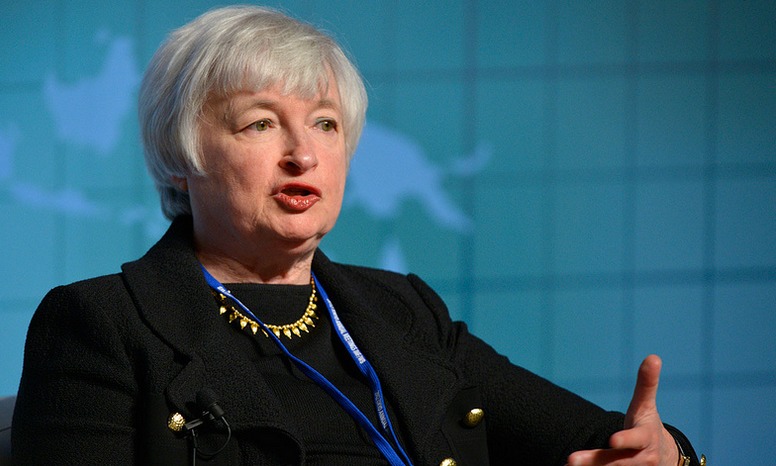As a closed-end fund nerd, I have had plentiful opportunities to contemplate the mentality of retail investors. Retail investor psychology is particularly relevant at present. The heavy decline in bond-oriented assets and general reawakening of risk consciousness may escalate around mid-July when “Mr. and Mrs. Smith” react to their quarterly 401(k) statements.
Admittedly, more good opportunities are showcasing themselves in my realm these days. Market timing isn’t one of my attributes. I am sitting on 20%+ cash in my Activism Profile CEFs and Core Total Return portfolios. I never mind having capital to allocate when standout opportunities present themselves.
I do find particular fascination in the marketplace for Master Limited Partnerships (MLPs). My holdings in this sector compose the MLP Direct Ownership model, of course. I personally believe that MLPs remain a potential source of attractive yields. I don’t sense MLPs are “over loved” by mom and pop investors (as bonds have been). So MLPs seem positioned to benefit from folks being awakened to the dangers of over-loved bond funds.
Expanding on the discussion of bonds and their alternatives, there will always be a marketplace need for income-producing securities. In the Taxable Income style, I have attempted to not be centralized on underlying bond exposure. I include multiple asset categories, including underlying equity exposure.
While the long-term and short-term may differ, I have been frustrated by my recent performance in Long/Short Opportunistic. My rationales for being short Kayne Anderson (KYN) at a 15% premium to its Net Asset Value (“NAV”) and long Thai Fund (TTF) with an apparently active 2H 2013 governance calendar may be strong. “Mr. Market” is entitled to move against me just the same.
As always, I find myself reminded to be humble.
The investments discussed are held in client accounts as of May 31, 2013. These investments may or may not be currently held in client accounts. The reader should not assume that any investments identified were or will be profitable or that any investment recommendations or investment decisions we make in the future will be profitable.



